Do 3D Printers Have To Be Slow?
We looked at this question last summer but we feel it is well worth revisiting as it is something that many 3D printing enthusiasts often think about, and that is 3D printer speed. As much as I love my 3D printer’s ability to produce custom-designed plastic objects, I’ll be the first to admit that it can’t produce them quickly. Even a small project can easily take an hour to print, and the biggest job I ever did had the Ender 3 running for just short of three days. Is this inevitable, or could we see much faster printers in future?
Unfortunately it turns out that while Fused Deposition Modelling printers could probably be a bit faster now, without some radical new technology it’s unlikely they’ll ever be able to turn out an object the size of your head in a couple of hours. The problem will be familiar to any fan of Star Trek (proper Star Trek anyway): Ye cannae change the laws of physics.
So What’s The Problem?
Actually there are several. The first, and probably most expensive to solve, is momentum. Any moving object has this, and the faster it’s moving the more momentum it has. The thing about momentum is that once something is moving – like a print head – momentum makes it want to keep going in a straight line. If you speed the print head up too much it will develop so much momentum that, if the typical 3D printer tried to change its direction, things would go wrong. Depending on how fast it was that could range from the stepper motor missing some steps to the printer suffering physical damage. Solving this problem would require more advanced motors (servomotors could do it), much more strongly constructed printers, or firmware that could decelerate the print head before it had to change direction (which would obviously slow things down again). If you’re tinkering with your own 3D printer you probably won’t get speeds high enough to run into serious momentum issues, but it’s a major challenge for anyone trying to make a really fast printer.
Even if you solve that one, though, you also have to worry about speed in the print head itself. This comes down to the viscosity of your molten filament. Even when it comes out the nozzle, filament doesn’t exactly flow like water; it’s pretty viscous, and if you try to extrude it too fast you’ll quickly come up against a hard limit on how fast you can force it through the nozzle. Try to beat that and either your print quality will fall off dramatically or the nozzle will simply jam. Some manufacturers now sell high-speed filaments, like Pro HS, which can print at double the speed of PLA. That’s a big improvement, but not enough for a truly high-speed printer.
Could you lower the viscosity of the extruded filament by heating it more? Well, you could – but in a high-speed printer the reality is you’ll be struggling to even get it as hot as a standard printer can manage. Faster printing means feeding filament faster, and that means it spends less time in the hot end. There are two possible solutions here. One is to heat it more rapidly by raising the hot end temperature, but that can damage the material. The other is to heat it over a longer distance – but that increases the risk of jams.
What’s The Outlook?
There’s definitely potential to make 3D printers significantly faster than they are now, but with existing technology it’s hard to see how to make them actually fast. Personally, I think the most potential for acceleration is in resin printers; the three major issues with FDM machines – momentum, viscosity and temperature – aren’t really factors, so if the time it takes for light to cure the resin can be reduced there’s no reason why resin printers couldn’t be very fast indeed. For now, though, we’re still going to have to accept that while 3D printers will get the job done they aren’t going to rush.

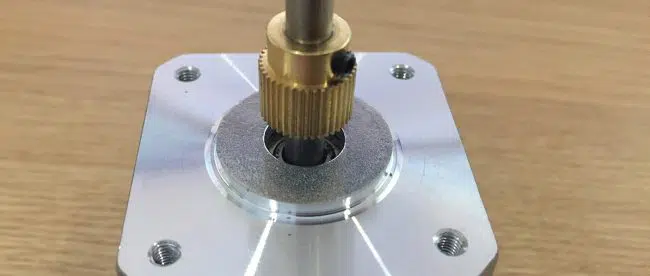
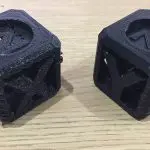

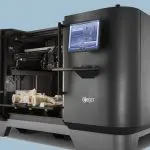
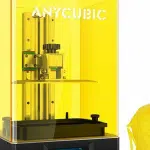
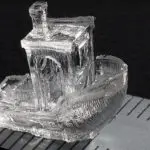
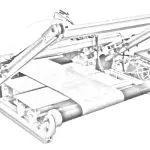
Leave a comment
You must be logged in to post a comment.